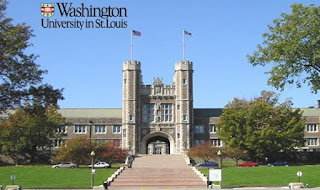 The foundation of education at Shinshu University is development of individuals who have the capability to resolve social issues while maintaining an enriched sense humanity and being able to serve as leaders in society. One aspect of these qualities and capabilities the environmental mind which is outlined in our diploma policies for undergraduate student. In 2001 Shinshu University's Faculty of Engineering became the first national public university in Japan to obtain ISO14001 certifications. Shinshu University's general education program plays a key role in developing the skills that will enable our graduates to contribute society. One of the unique features of the educational experience we offer the opportunity for students to engage in fieldwork and learn about the natural environment. No less important are our guest speakers both from industry & the local community, whose lectures provide students with a broad knowledge of regional culture.
The foundation of education at Shinshu University is development of individuals who have the capability to resolve social issues while maintaining an enriched sense humanity and being able to serve as leaders in society. One aspect of these qualities and capabilities the environmental mind which is outlined in our diploma policies for undergraduate student. In 2001 Shinshu University's Faculty of Engineering became the first national public university in Japan to obtain ISO14001 certifications. Shinshu University's general education program plays a key role in developing the skills that will enable our graduates to contribute society. One of the unique features of the educational experience we offer the opportunity for students to engage in fieldwork and learn about the natural environment. No less important are our guest speakers both from industry & the local community, whose lectures provide students with a broad knowledge of regional culture. 
As part of the Ministry Education Students will engage in problem-solving exercises based both on case studies presented by lecturer from the local community and industrial liaison officers, and also on fieldwork coordinated by regional instructor. By means of these projects the University aims to meet in unique ways the goals of current reform initiative develop regionally-oriented education programs through which young people might come via first-hand experience to deepen their understanding the link between academic institutions and local It is mainly lead by the Graduate School Economics Institute of Innovation Management and provides graduate school students with education of environmental training related technology. Also since 2008, we have sponsored overseas environmental education internships. internships provide student with exposure to diverse perspectives relating to environmental activities. Serving as an opportunity for learning and exchange circle of social innovation is extended through the globally common keyword: "environment".






















